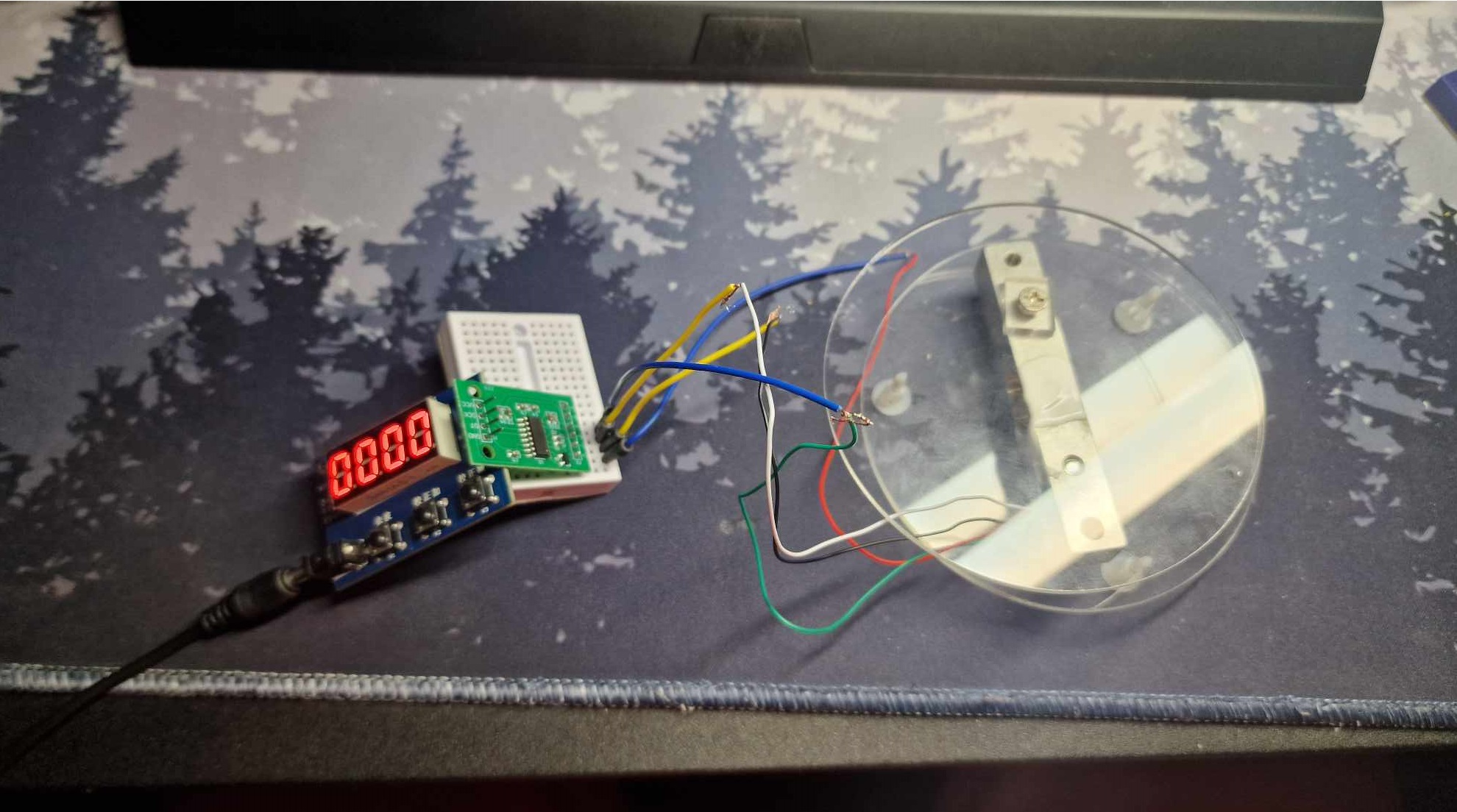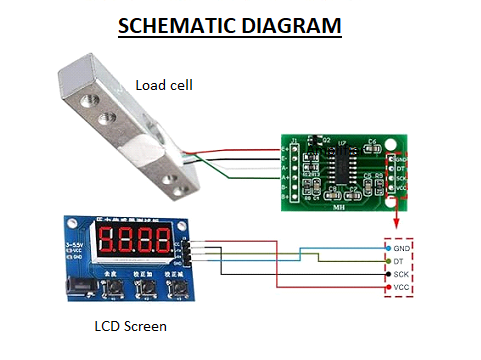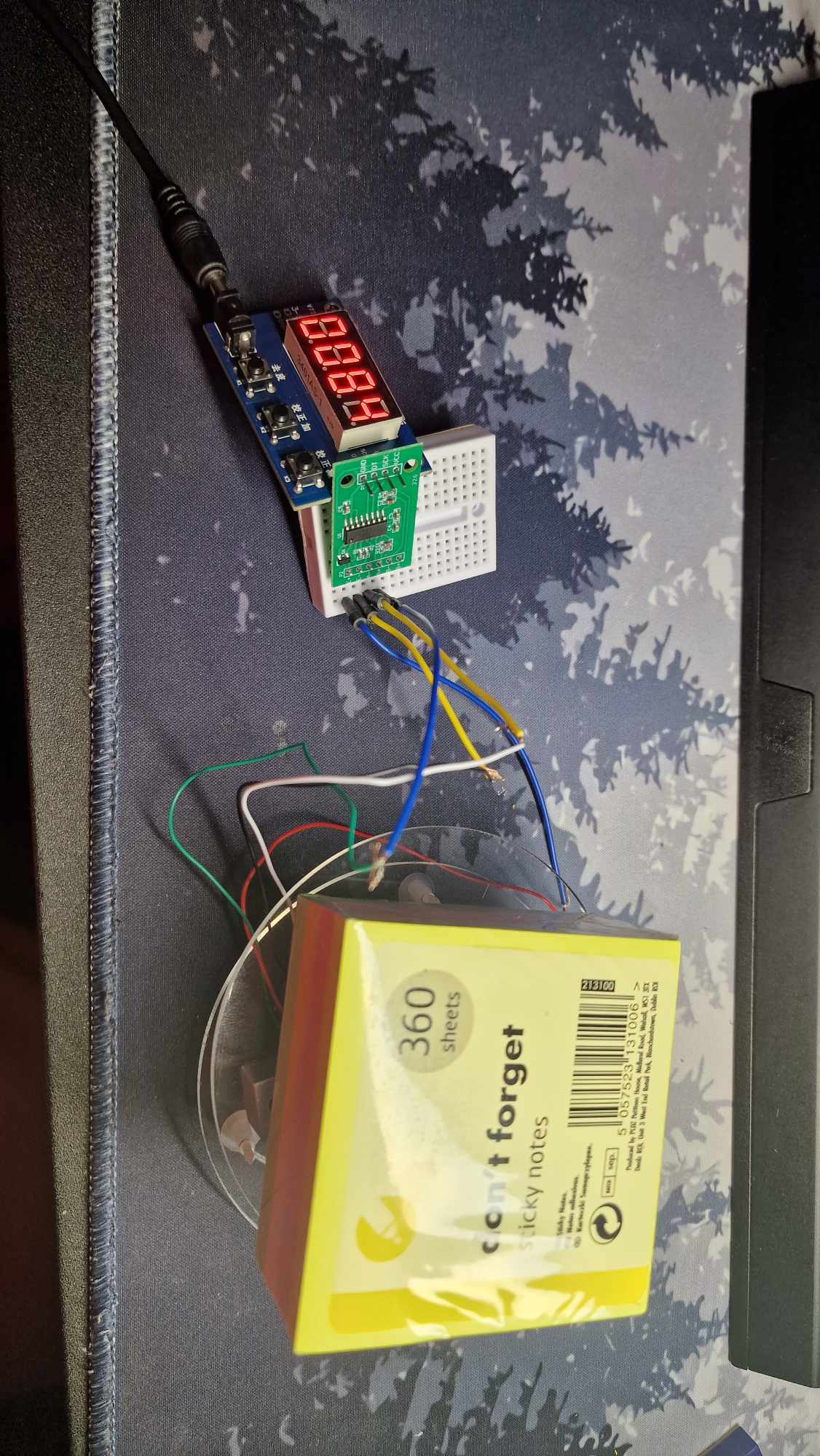2 Wheel Robot Powered by MQTT & Node-RED
How I built a 2-wheel robot from scratch using Python & an Android app

I did this project because, while studying for the Industry 4.0 and Industrial Internet of Things (IIoT) Level 8 certificate at Munster Technological University, I learned how sensors can collect and process data for practical use. I wanted to apply this knowledge by creating a system to measure weight using a load cell sensor and an HX711 module.
The load cell sensor detects weight and converts it into a very small electrical signal. However, this signal is too weak to be used directly. The HX711 module is a special device that amplifies this weak signal and converts it into digital data that can be processed. By using the HX711, the system can accurately measure and display the weight. This project allowed me to gain hands-on experience in combining these components and applying the concepts I learned during my studies.

The load cell sensor, HX711 module, and LCD screen work together to measure and display weight. The load cell sensor detects weight and turns it into a tiny electrical signal. This signal is too weak on its own, so I used the HX711 module to make it stronger and convert it into a number that can be easily read. The HX711 is designed specifically for load cells, making it perfect for this project.
The LCD screen shows the calculated weight in real time, giving the user a clear and simple way to check the measurement. By combining these components, I created a system that accurately measures weight and displays it in an easy-to-understand format. This project helped me understand how sensors, amplifiers, and display modules work together to collect, process, and present data.
During the demonstration, I applied a single weight to the load cell to show how the system works. As the weight was placed on the load cell, the number on the LCD screen increased, showing the measured weight in real time.

This change on the screen confirmed that the load cell was detecting the weight, the HX711 module was processing the signal, and the system was functioning correctly. It was a simple and effective way to demonstrate the process.
During this project, I learned how to use a load cell sensor and an HX711 module to measure weight and process the data. I also learned how to display this information in real time using an LCD screen. Building and testing the system gave me a clear understanding of how these parts work together.
This project helped me strengthen what I learned in the Industry 4.0 and IIoT Level 8 certificate at Munster Technological University. It gave me hands-on experience with sensors and data systems, making it easier to connect the ideas from the course to real-world projects.
For future improvements, I could integrate this system with Arduino to save the data in a database for long-term analysis. I could also use Grafana to create simple graphs and dashboards to show how the weight changes over time. This could make the system more useful by clearly showing the data and making it easier to understand and analyze.